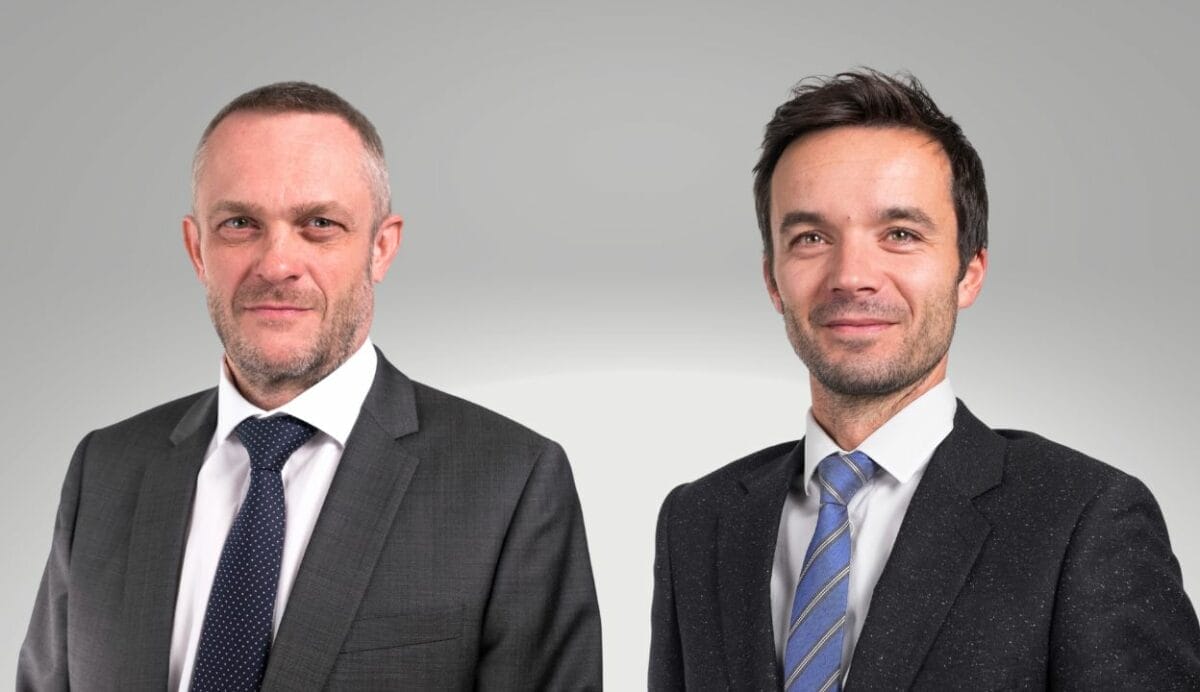France’s €41 billion civil service pension fund l’Établissement de Retraite additionnelle de la Fonction publique (ERAFP) has just boosted its allocation to private credit, renewing and building out existing mandates in a €8 billion allocation begun in 2009 as it seeks to benefit from the higher cost of borrowing.
“The increase in interest rates over the last 18 months makes private credit particularly relevant for us given our liabilities,” says Bertrand Billé, head of credit investment who explains that the buy and hold mandates are mostly focused on investment in high-quality corporate bonds.
“The current absolute level of interest rates seems attractive to us. The aim is to ensure a good match between our assets and liabilities over the medium to long term,” he says.
However, within the mandate the managers also have the option to invest in certain complementary segments (like high-yield bonds and private debt, for example) in order to diversify the portfolio and improve the risk/return. The initial duration of the mandates is six years with the possibility for ERAFP to renew it for a period of two years.
ERAFP is one of the largest public pension funds in the world in terms of affiliates with nearly 4.5 million beneficiaries, 44,000 employers and nearly €2 billion in contributions collected in 2022.
Manager selection takes time
As a public sector entity, ERAFP must comply with French public procurement rules when it comes to selecting its external asset managers. The process around public tenders has two distinct phases that make hunting for new managers a time-consuming process – RAPF launched this search in March 2022.
Phase one involves an “application” phase, through which RAFP assesses the overall professional, technical and economic capabilities of the candidates and their ability to meet its objectives in terms of exposure, performance, or ESG. This assessment mainly relies on “quantitative” data covering the asset manager’s expertise, track record on the strategy, access to resources like research and IT, and economic and financial soundness, adds Olivier Bonnet, head of asset manager selection at ERAFP.
Phase two, or the “offer” phase, involves asking pre-selected asset managers to answer a detailed questionnaire to “deeply understand” how they intend to implement ERAFP’s investment guidelines, he continues.
Responses to questions are gathered into three main buckets comprising the investment process and insights into the team that will be dedicated to the ERAFP account. A second bucket combines insights on manager’s trading, risk management and control, operations and legal prowess. Thirdly, responses focus on fees. “Based on this assessment, RAFP selects the best offers,” says Bonnet.
The latest mandates follows on the heels of other boosted allocations including European real estate, US dollar corporate bonds as well as an allocaiton to small and mid cap equites using a climate benchmark.
Managers’ ability to integrate ESG is another key element of the selection process. RAFP has its own ESG policy comprising an ESG rating framework detailing criteria against which managers are assessed. ESG integration includes contributing to the implementation of RAFP’s climate roadmap that it has committed to as part of its participation in the Net Zero Asset Owner Alliance (NZAOA).
“This ESG policy is part of our contractual documentation, so asset managers have to implement it on RAFP’s behalf,” says Bonnet.
ERAFP’s private credit managers are Amundi Asset Management, Ostrum Asset Management and HSBC Global Asset Management (France). Two stand-by mandates are attributed to Candriam and Groupama Asset Management. The five management mandates comprise three assets and two so-called stand-bys which means that ERAFP reserves the right to activate them, particularly for the sake of dispersing risks.



